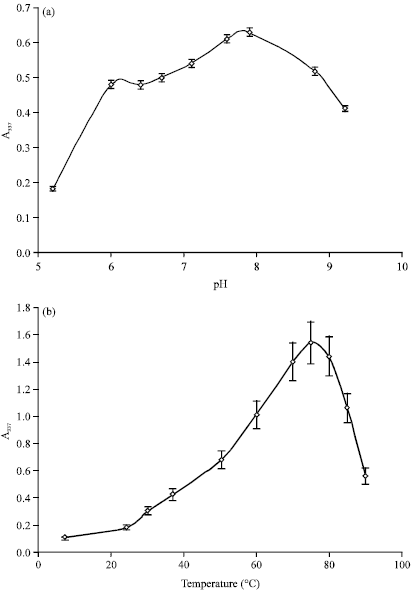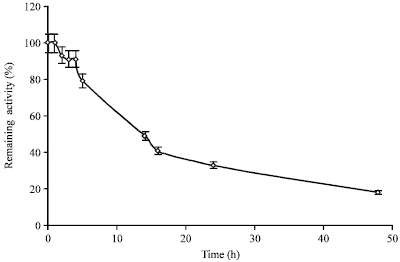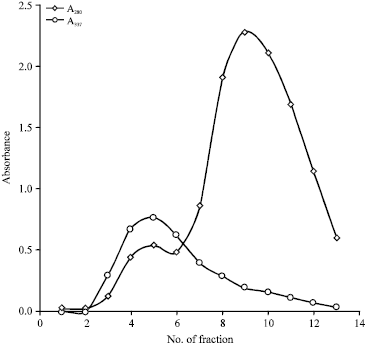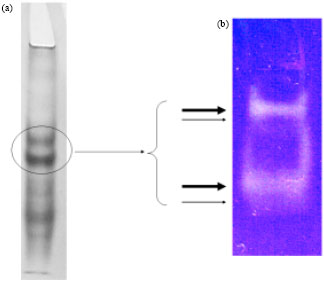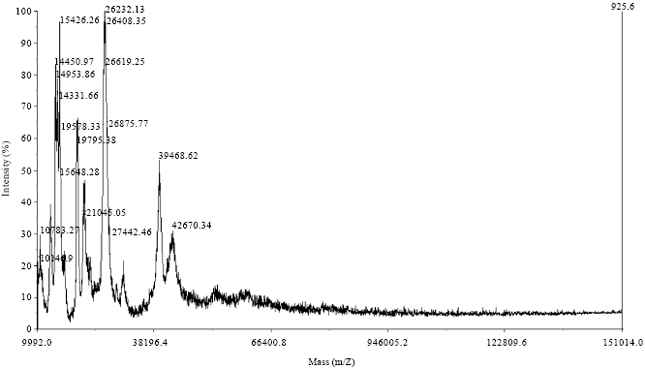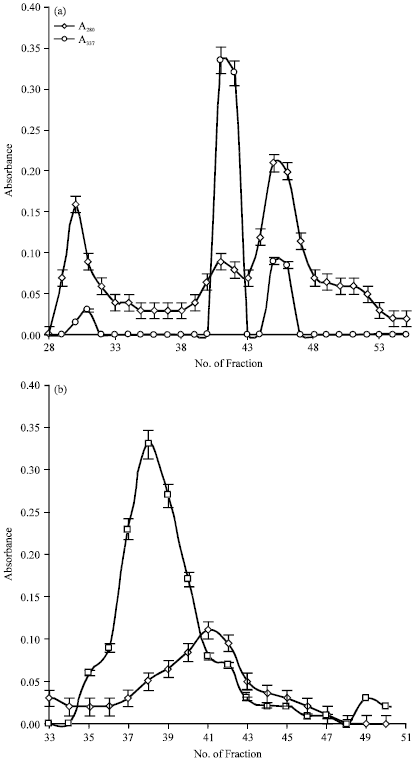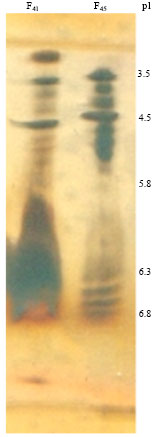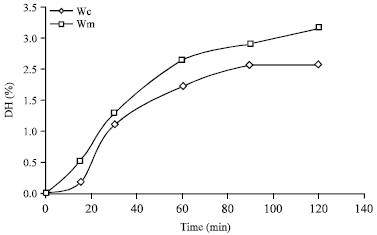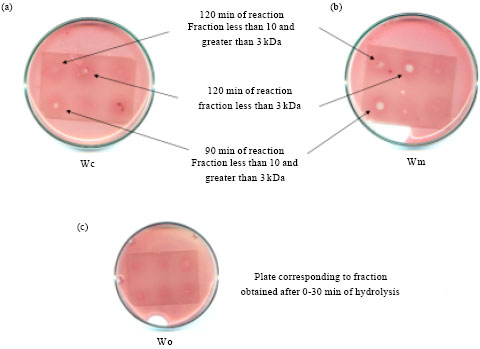Research Article
Characterization of the Proteolytic Activity of Latex of Ficus luschnathiana and its Application in the Generation of Whey Antimicrobial Peptides
Departament of Biosciences and Biochemistry, Faculty of Chemistry, Universidad de la Rep�blica, Avda. Gral. Flores 2124, CP 11800, Montevideo, Uruguay
A.M.B. Cantera
Laboratory of Hydrolytic Enzyme, Institute of Biological Chemistry, Faculty of Sciences, Universidad de la Rep�blica, Equals 4225, CP 11400, Montevideo, Uruguay











